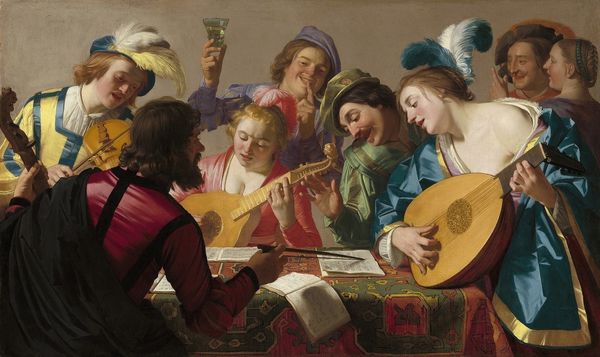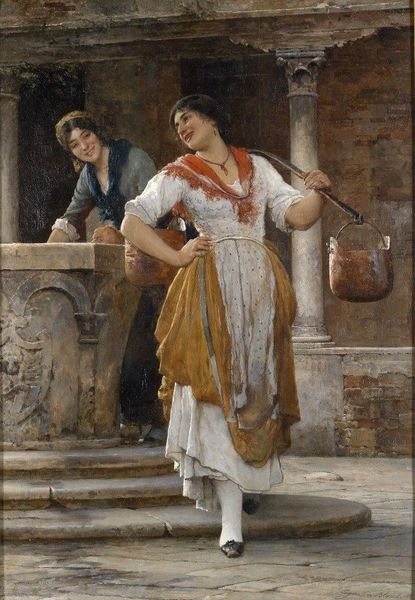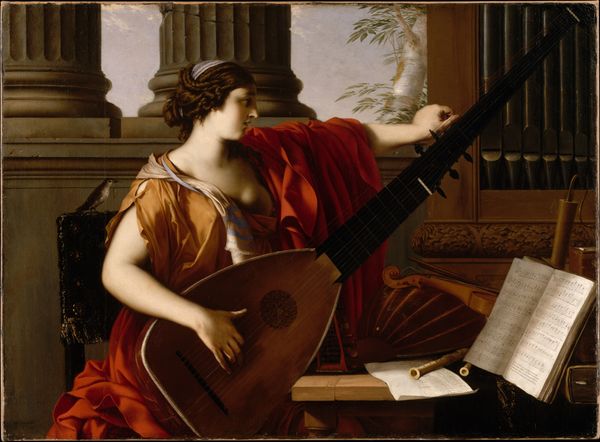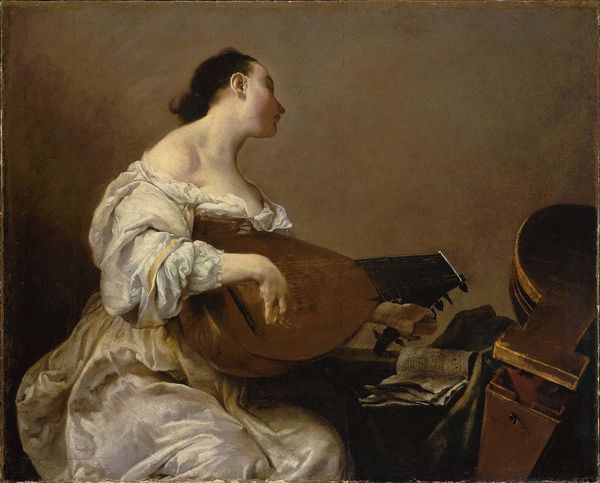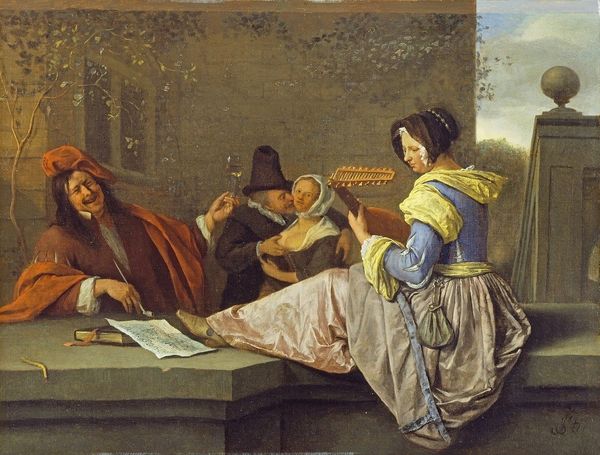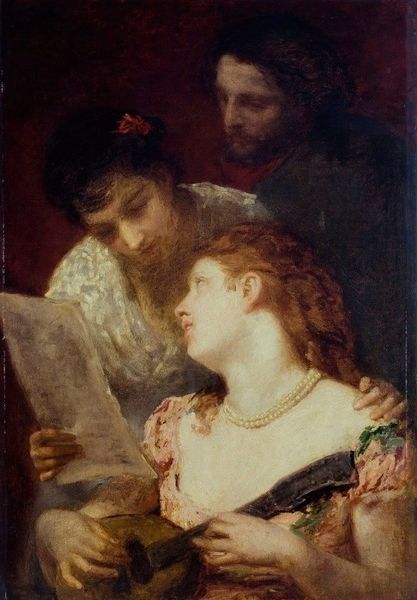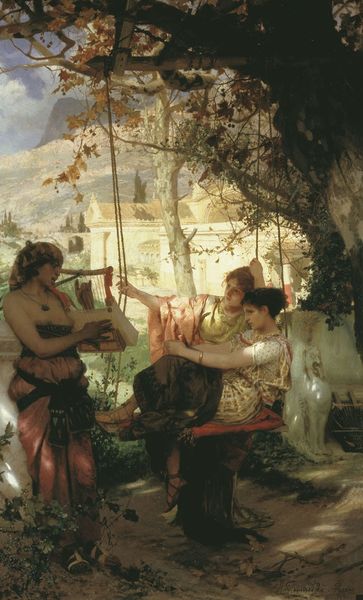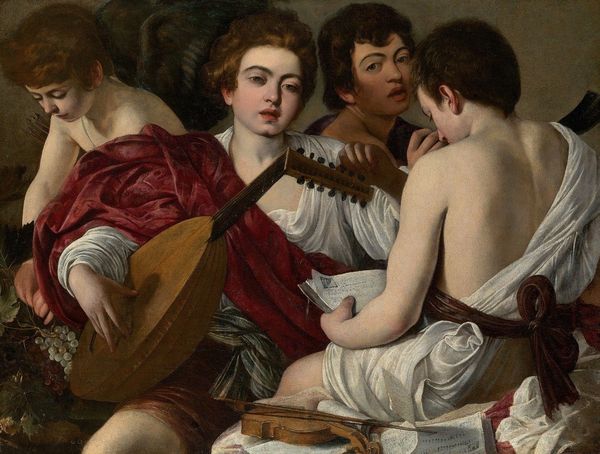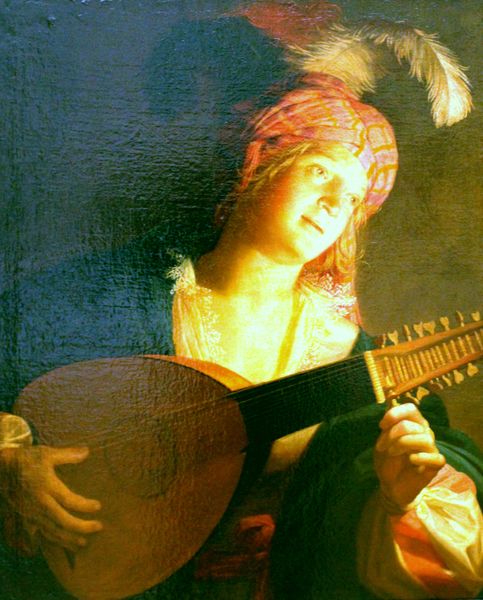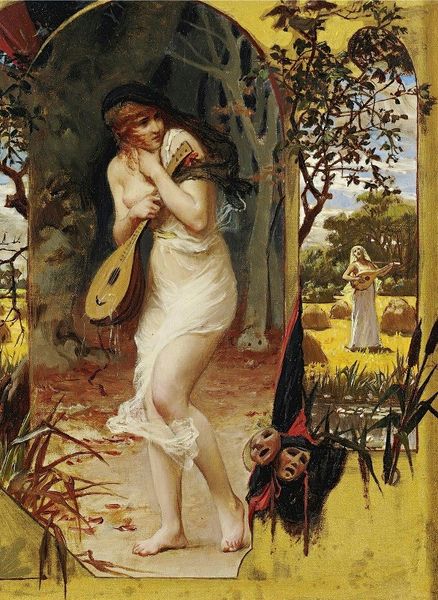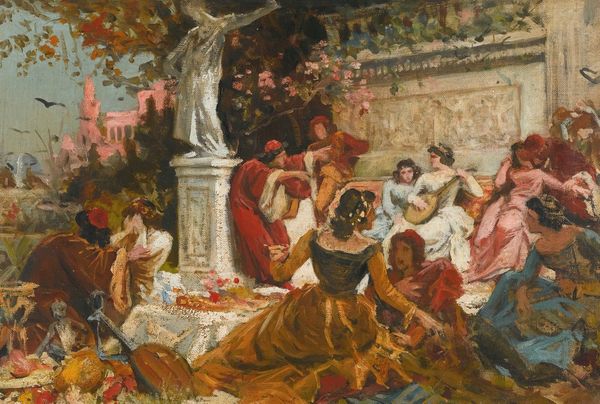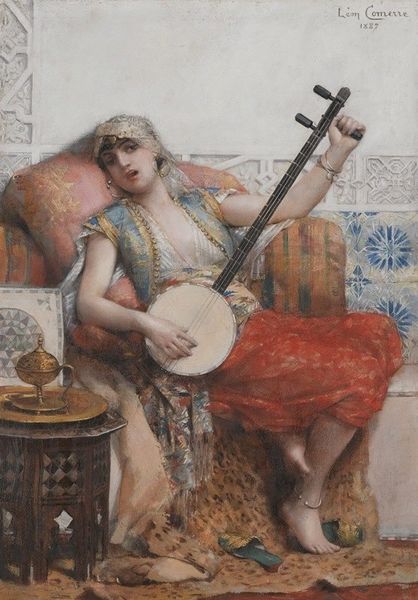
Dimensions: support: 381 x 492 mm
Copyright: CC-BY-NC-ND 4.0 DEED, Photo: Tate
Editor: This is William Etty's "Il Duetto," painted in oil on canvas. The figures seem to be in a state of harmony, but the presence of the Black page strikes a dissonant chord. What historical narratives are at play here? Curator: Precisely. Etty, celebrated for his nudes, also reveals much about 19th-century British society. Note how the figures are arranged: the white couple, central and idealized, contrasted against the Black page, relegated to the periphery. How does this visual hierarchy reinforce colonial power dynamics and the commodification of Black bodies? Editor: It's a stark reminder that even seemingly innocuous scenes can be steeped in problematic power structures. Thank you for pointing that out. Curator: Indeed. By critically examining these historical depictions, we can better understand the enduring legacies of colonialism and challenge their contemporary manifestations.
Comments
tate 7 months ago
⋮
http://www.tate.org.uk/art/artworks/etty-il-duetto-the-duet-n00363
Join the conversation
Join millions of artists and users on Artera today and experience the ultimate creative platform.
tate 7 months ago
⋮
During 1822-23 Etty spent seven months in Venice: a visit to Italy, where the masterpieces of the Renaissance were to be seen, had always been considered essential to the education of any artist. It was here that Etty learned to imitate the colouring of the great Venetian painters Giorgione and Titian; in technique and subject this work is clearly inspired by their example, while looking forward to the Aestheticism of Leighton and Whistler. Etty was regarded by his contemporaries as one of the best British colourists. The widely held belief in this country that British artists were superior to French and German painters in their handling of colour was a matter for some pride during the nineteenth century. Gallery label, August 2004
